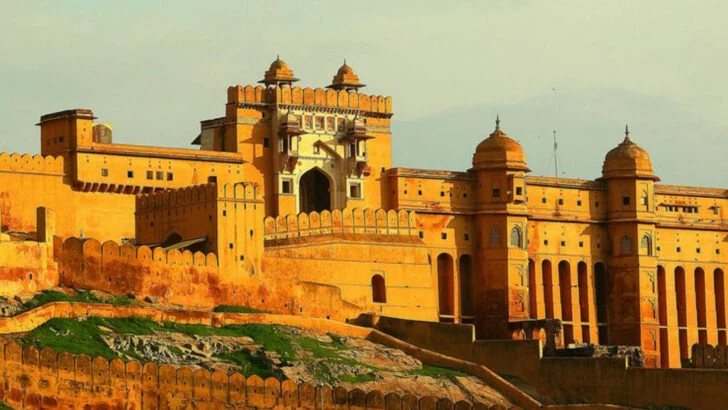India wears its stories in stone and splashes them across walls of color. One moment you’re standing before a palace where kings once ruled, the next you’re wandering through villages painted brighter than a festival. The palaces rise like dreams from another age—marble courtyards, golden halls, and archways that whisper of dynasties long gone. They aren’t just buildings; they’re living museums of power and pride. Then come the villages, where life unfolds in hues so bold they could rival a painter’s canvas. Doors, homes, and streets blaze with blues, pinks, and yellows, turning everyday corners into works of art.
Together, they reveal two sides of India’s soul—its royal past and its spirited present. Five palaces and six villages, each a destination that dazzles in its own way.
Mysore Palace
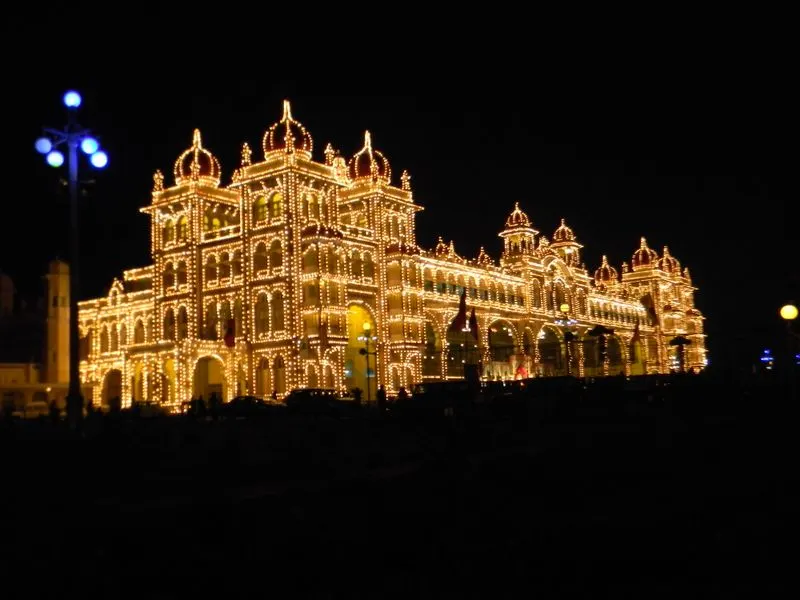
Mysore Palace stands as a symbol of opulence and grandeur in India. Known for its intricate architecture, it dazzles with Indo-Saracenic design. The palace’s illumination with 100,000 light bulbs is a visual treat. Originally built in the 14th century, the current structure dates back to 1912.
Visitors are enamored by the lavish interiors and historical artifacts. The annual Dussehra festival transforms the palace into a cultural hub. Steeped in history, it’s a must-see for any traveler exploring India’s royal history.
City Palace, Jaipur
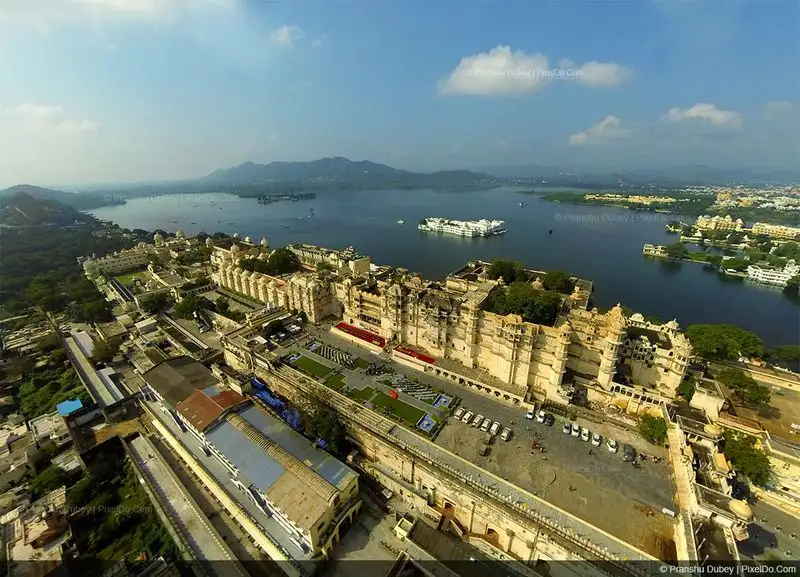
In the heart of Jaipur, the City Palace stands a testament to the city’s regal heritage. Built by Maharaja Sawai Jai Singh II, it showcases Mughal and Rajasthani architecture. Visitors marvel at the intricate courtyards and gardens.
The palace complex houses museums and galleries that exhibit royal costumes and armory. Its pink sandstone façade complements Jaipur’s nickname, the Pink City. A visit here offers a glimpse into the royal lifestyle and rich history of the Rajput rulers.
Udaipur City Palace
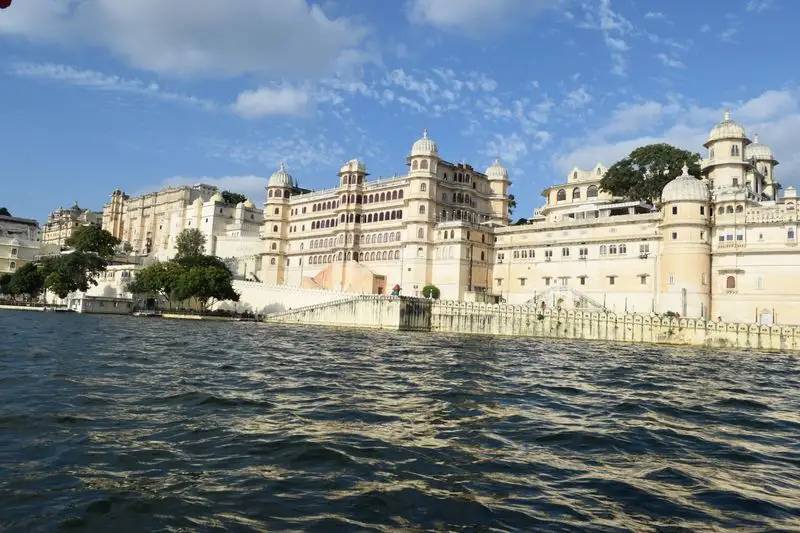
Udaipur City Palace, majestically perched on the banks of Lake Pichola, is a marvel of Rajasthan. Constructed over 400 years, it exemplifies Mewar architecture blending European, Medieval, and Chinese styles.
The palace’s balconies offer breathtaking views of the lake and Aravalli hills. Inside, ornate rooms display opulent decor and historical artifacts. The palace complex includes several smaller palaces, each with unique charm. As the largest palace in Rajasthan, it stands as a testament to Udaipur’s royal past.
Falaknuma Palace
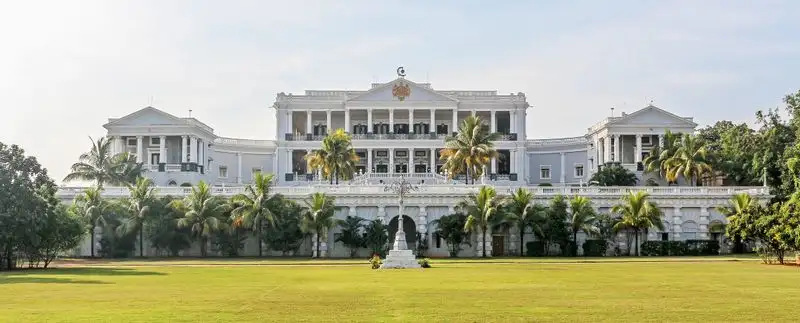
Perched 2,000 feet above Hyderabad, Falaknuma Palace embodies grandeur and elegance. Originally a guest house for dignitaries, it now functions as a luxury hotel. The palace’s architecture reflects European influences, with Venetian chandeliers and intricate frescoes. Its well-manicured gardens and scenic views of Hyderabad add to its allure.
Visitors are captivated by the lavish interiors and historical significance. A stay here offers a regal experience reminiscent of the Nizams’ opulent lifestyle.
Amber Fort
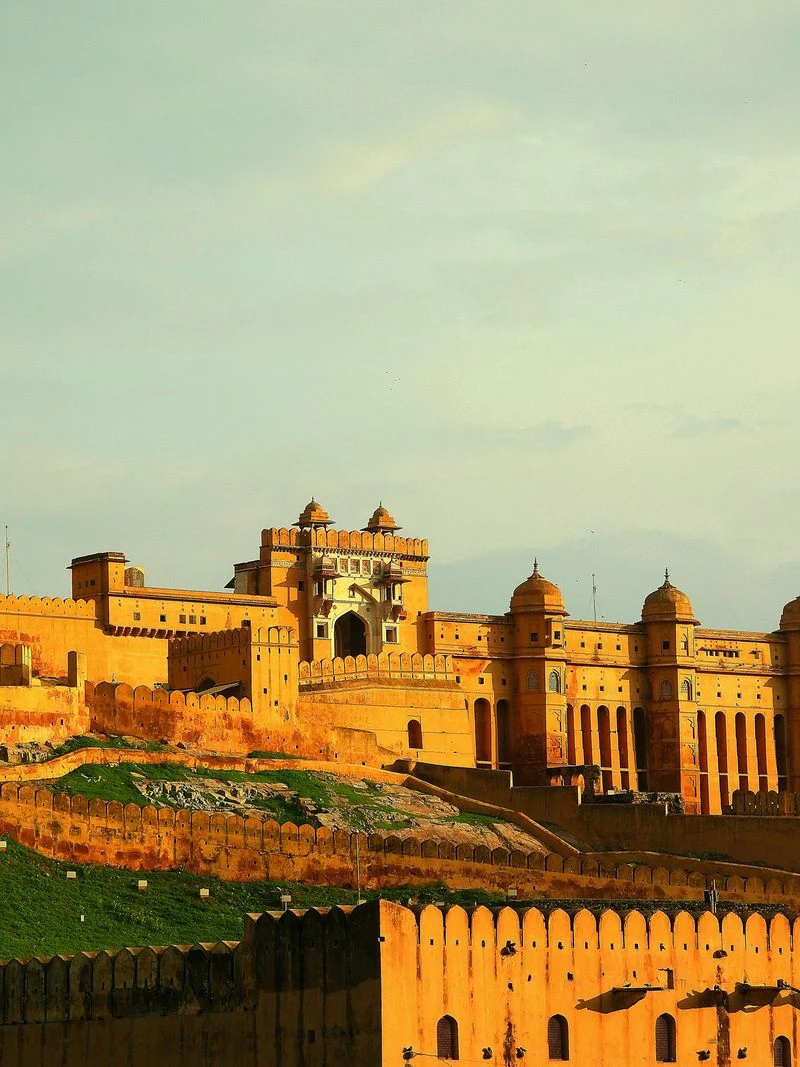
Amber Fort, located on a hill overlooking Maota Lake, is a magnificent blend of Hindu and Mughal architecture. Built by Raja Man Singh I, it features ornate mirror work and carvings. The fort’s grandeur is evident in its vast courtyards and palatial rooms.
Visitors often enjoy an elephant ride to the entrance, adding to the historical ambiance. The fort’s Sheesh Mahal, adorned with intricate mirror mosaics, is a highlight. Amber Fort’s historical significance and architectural splendor make it a must-visit in Jaipur.
Chettinad, Tamil Nadu
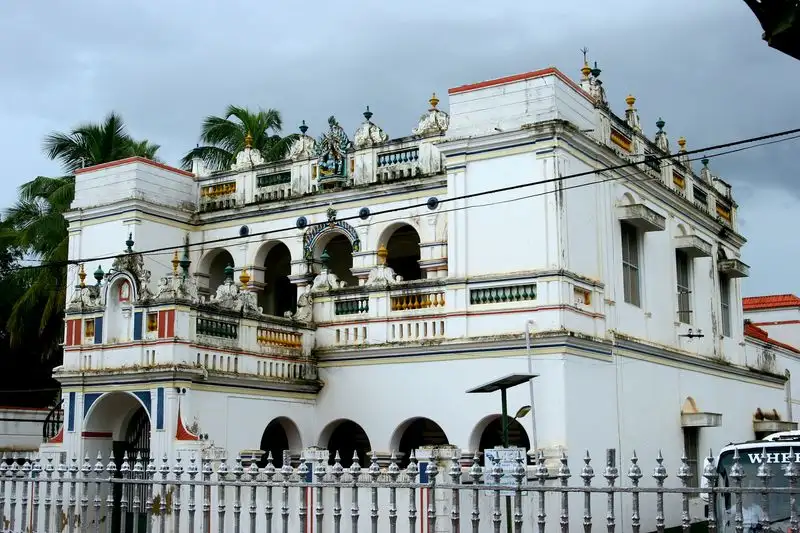
Chettinad, renowned for its unique cuisine and architecture, offers a vibrant village experience. The area is dotted with palatial homes, reflecting the wealth of the Chettiar community. These mansions are known for their intricate woodwork and spacious courtyards.
Visitors can explore bustling markets filled with local produce and handicrafts. Chettinad’s colorful cultural tapestry is evident in its festivals and culinary delights. A visit here offers a glimpse into the rich traditions and heritage of Tamil Nadu’s rural life.
Khimsar, Rajasthan
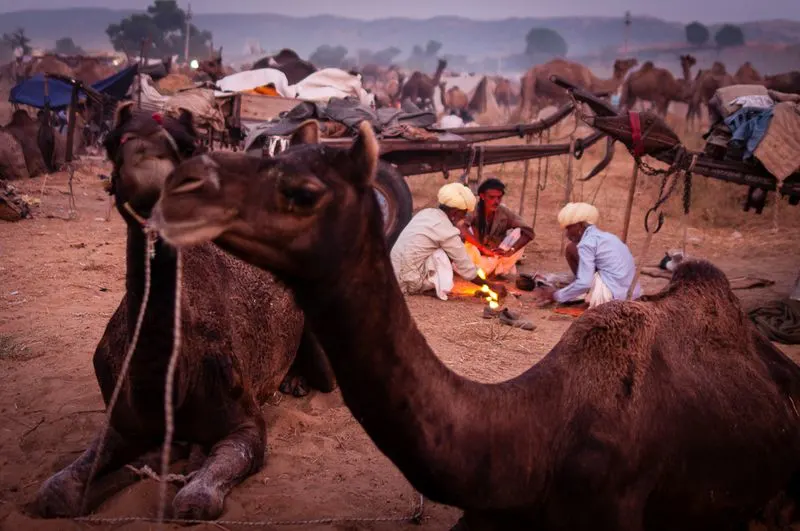
Khimsar, nestled on the edge of the Thar Desert, is a picturesque village that captures the essence of Rajasthan’s rural charm. Known for its historic fort, now a heritage hotel, it offers a unique blend of history and hospitality. The village’s proximity to sand dunes provides opportunities for desert safaris.
Traditional Rajasthani culture is visible in local crafts and folk performances. Khimsar’s serene environment and rich history make it a perfect retreat for those seeking an authentic desert village experience.
Ziro, Arunachal Pradesh
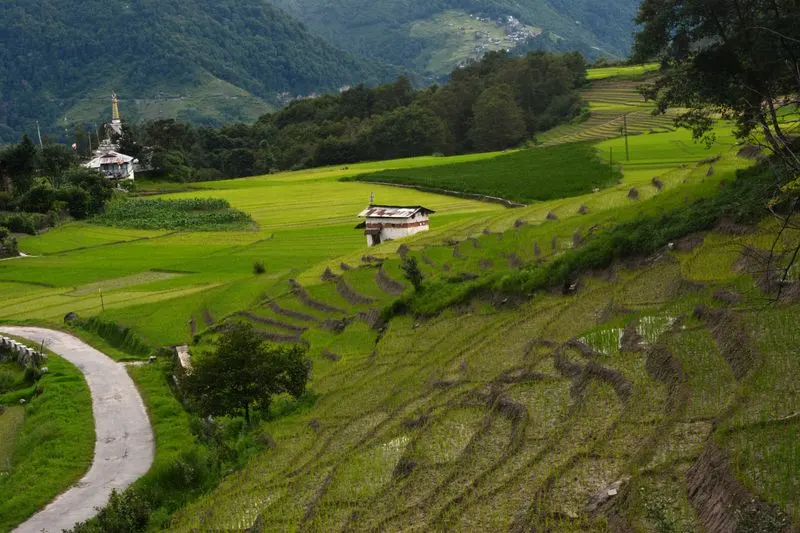
Ziro, a cultural gem in Arunachal Pradesh, is known for its scenic beauty and indigenous Apatani tribe. The valley’s terraced rice fields create a picturesque landscape. Visitors are welcomed by the warm hospitality of the Apatani people, known for their unique facial tattoos and nose plugs.
The annual Ziro Music Festival draws music lovers from around the world. The village’s rich cultural tapestry and natural beauty offer a unique glimpse into the tribal lifestyle of Northeast India.
Malana, Himachal Pradesh
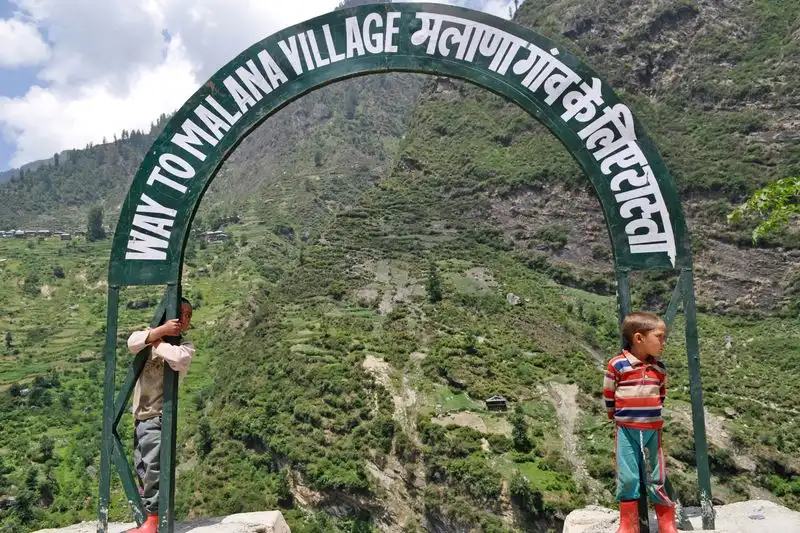
Jaypee/ Wikimedia CommonsMalana, a secluded village in Himachal Pradesh, is renowned for its unique culture and ancient traditions. Nestled in the Parvati Valley, it offers stunning views of the Himalayas. The village follows its own governance system and lifestyle, distinct from mainstream India.
Known for producing quality hashish, Malana attracts curious travelers. Its traditional wooden houses and intricate carvings reflect Himalayan architecture. Visitors are often intrigued by its mystical ambiance and the stories of the Malana Cream hashish.
Majuli, Assam
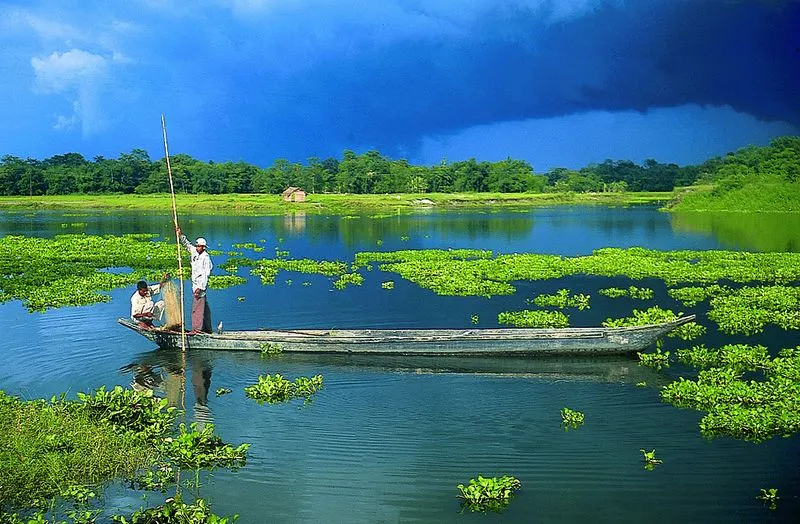
Majuli, the world’s largest river island, sits gracefully on the Brahmaputra River in Assam. Known for its vibrant culture and lush landscapes, it houses numerous satras (monasteries) that preserve Assamese traditions.
The island’s rich biodiversity includes rare flora and fauna. Visitors can explore traditional bamboo huts and experience local festivals. Majuli’s commitment to preserving its cultural heritage and natural beauty makes it a unique destination. Its serene environment and artistic traditions offer an enriching journey into Assam’s rural life.
Shekhawati, Rajasthan
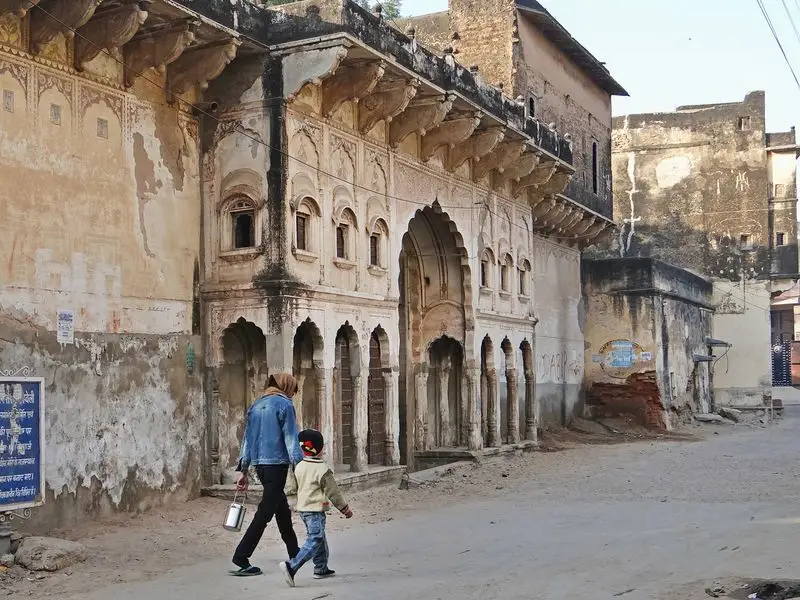
dalbera/ Wikimedia CommonsKnown as the open-air art gallery of India, Shekhawati in Rajasthan captivates with its fresco-adorned havelis. Wander through streets where history breathes through the vibrant murals depicting mythology and local legends. The local culture is just as colorful as the artwork, with traditional dances and crafts.
Visitors often marvel at the intricacy of the paintings, a testament to the artistic legacy of the region. This village offers a vivid palette of colors and stories, making it a unique cultural destination. Did you know? The artisans often used natural dyes, making the artwork environmentally friendly.

